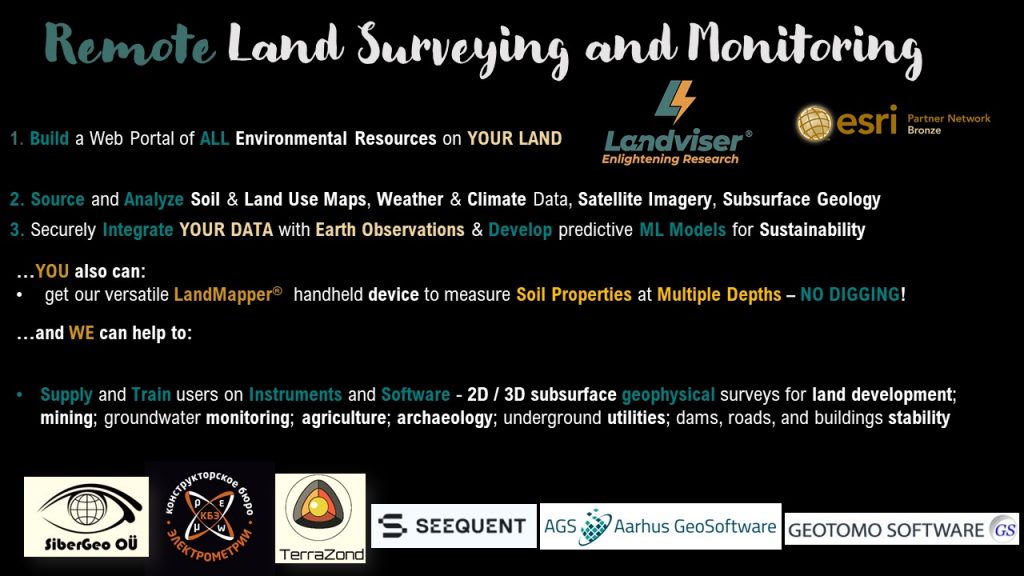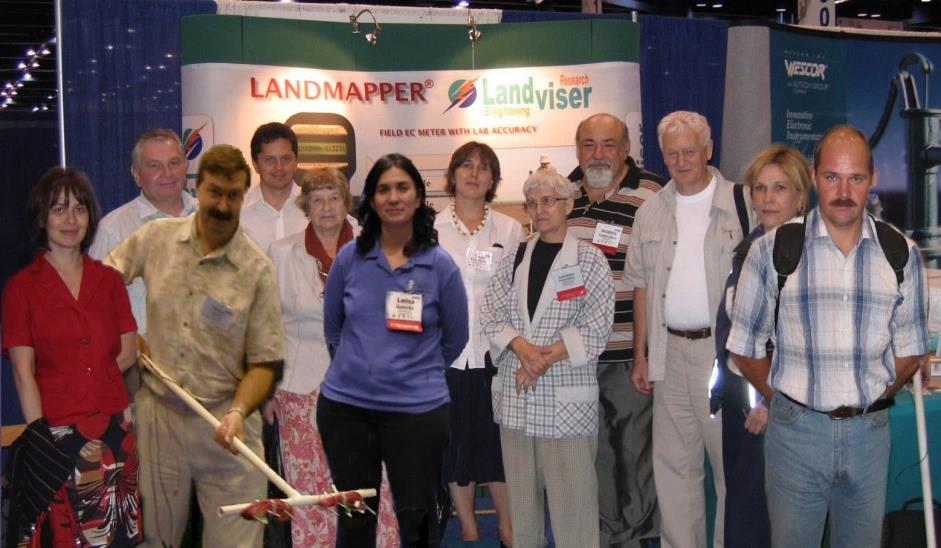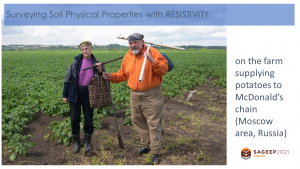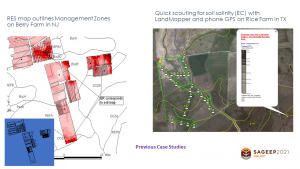Landviser consults and trains in environmental sciences and geo-informatics


We are experts in the fields of information technology, computational, fundamental, and applied sciences, including, but not limited to agriculture, biology, ecology, climatology, geography, geology, and geophysics.
As a part of the EU HORIZON 2020 research and innovation program, PARSEC Consortium, under grant agreement #824478 “Crop Predictions Take Flight – Linking Genomics and Geophysics”:
- SiberGeo (Estonia) and Landviser have developed a new mobile universal soil EC sensor (EMGeoDrone) as payload on the octocopter UAV.
- Computomics (Germany) and Landviser have researched the ways to incorporate Earth Observation (EO) data into xSeedScoreEO ML algorithm which greatly improved phenotype prediction for crops and has the potential to speed up breeding procedures, releasing new crop varieties to the farmers faster and cost-effectively.
Please, CONTACT US to discuss the challenges you are facing in your business and how we can help YOU. Schedule a video chat with Dr. Larisa Golovko.
We offer a full range of geophysical instruments and software:
|
|---|
Want to learn more? We explain complex technologies in simple terms!
Register at our Geo-Tech Support Portal @ https://in.landviser.xyz
You can even install our Support App for iOS or Android from the link above!

Our worldwide associates:
– Continue R&D to improve LandMapper ® and other geophysical instruments;
– Develop geo-enabled interactive web maps and apps;
– Provide custom system integrations and BI analytics (GIS, Image analysis, Big Data, AI, ML, IoT) of geospatial data across industries.
– Develop custom software solutions (Python scripting, desktop/server/ web/mobile platforms) in temporal/spatial analysis for agriculture, environmental science, climatology and meteorology.
Let’s talk about your application!
OUR CASE STUDIES
Evaluation of stone contents in soils with electrical geophysical methods to aid orchard planning: Geophysical methods of electrical resistivity, such as VES and four-electrode profiling provided information about spatial distributions of stones in skeletal soils. High resistivity will indicate the presence of stones in soil profiles.


